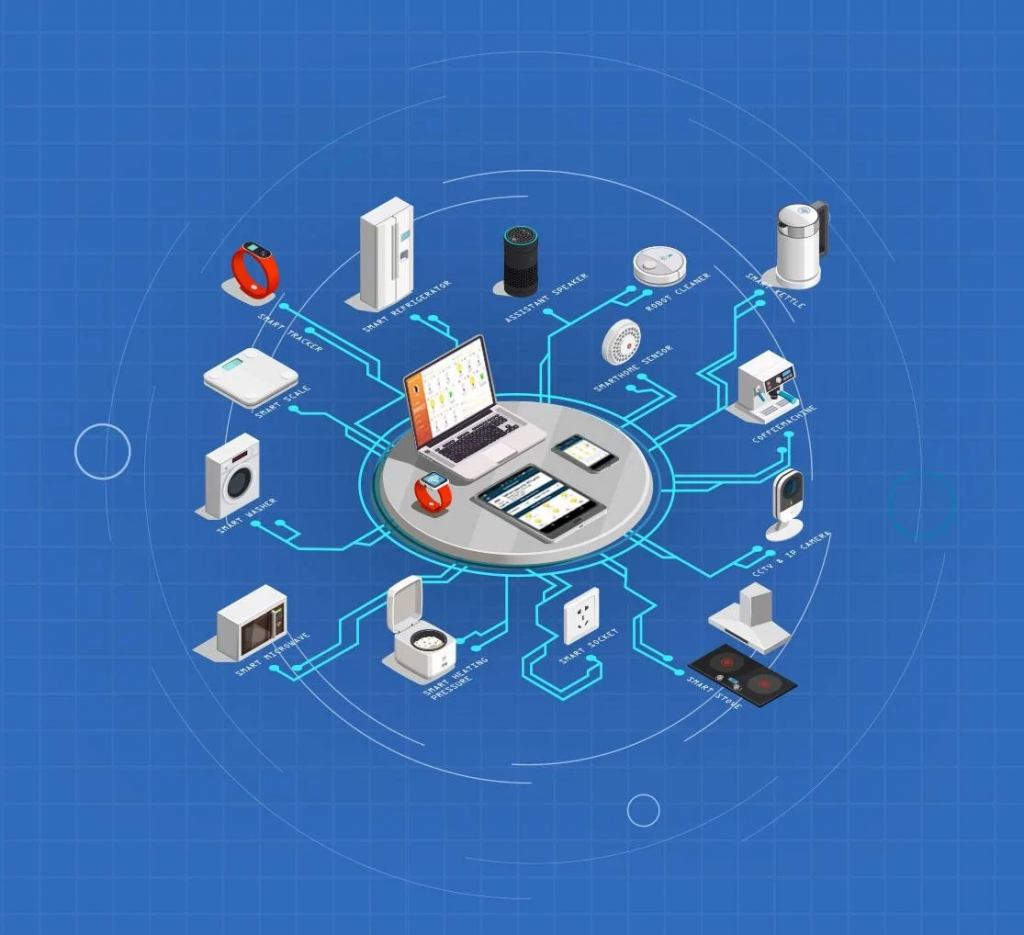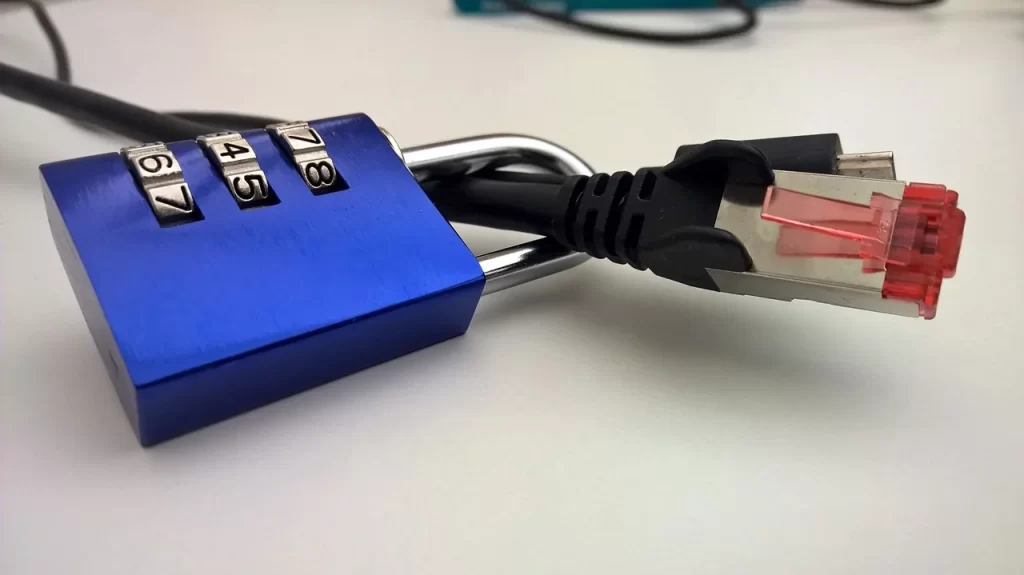
Why do we care about security risks in IoT devices anyways?
IoT (Internet of Things) devices have gained an immense share of adoption by consumers in recent years. The usage of these devices is quickly spanning domestic and commercial purpose organizations. These devices are being used actively in developing remote health monitoring systems to work instead of traditional health monitoring systems. (Darshan K R and Anand A R, 2015)

Consequently, IoT devices are becoming popular among various domains of industrial and general use. IoT security devices, home automation systems, electricity usage optimization devices are now prevalent amenities. On top of that, they are quite affordable, making them accessible for average households.
What is the current user perception related to IoT devices?
However, among this active adoption, many consumers feel sceptical about the incorporation of technology in even the very minute things of their lifestyle. People can feel a sense of “being watched” or surveilled through these devices. A sense of paranoia is evidently present across the board.

However, these users have never verified these security measures personally. It sparks a serious question about negligence and exploitation attempts that may occur in these devices if the manufacturers did not put the right security measures in place. At the very best, the strength of a security chain is determined by that of its weakest link.
In such situations, IoT security issues can show up in form of various compromises and software flaws. These issues can range anywhere from simple control over the state of the machine to the extremes of stealing user data. It is not hard to realize that IoT security has now become an important issue to tackle for IoT manufacturing companies in the market. Moreover, many IoT security companies are already leading in developing IoT security solutions.
IoT devices experience vulnerabilities in various phases of their life cycle. These major fault lines are incompliant firmware, hardware-specific loopholes, bad networking practices, and insecure application development processes. Consequently, security in IoT devices can be widely compromised. These wide varieties of interfaces and components pose an entire set of IoT security challenges.
Security in IoT devices refers to testing and auditing devices and making them immune to multiple threats that they may face. Furthermore, it also means to patch the fault lines that exist in either the software or the hardware end of things.
When it comes to modern-day devices, they are extraordinarily complex. Not only that, but the tools and exploitation procedures that can be used to hack into these devices are also getting comprehensive with every passing day. As a result, data security in IoT devices needs to match up to the latest exploits and cover them timely.

ThingzAnalyzer & ThingzFirewall
ThingzAnalyzer & ThingzFirewall: Unparalleled IoT security solutions at your fingertips. Things Analyzer and ThingzFirewall are cost-effective, impenetrable, and efficient cybersecurity solutions for your IoT ecosystems. Their all-rounder approach distinguishes them from conventional off-the-shelf solutions by many margins.
Firstly, as stated earlier, software flaws can lead up to various other vulnerabilities and potential errors. To tackle software vulnerabilities, we promptly conduct various penetration testing regimens. This testing validates the existing security in the IoT devices as well as provide insights into what could be improved.
Secondly, a thorough security compliance audit is conducted that further tests the validation of firmware, strength of encryption, potential duplication of SSH keys, and email compromises.
Thirdly, our network assessment suite ensures that none of your devices gets victimized through network-based malware or open ports. Furthermore, we extend this to Bluetooth, Wi-Fi and other wireless communication mediums as well.
Lastly, we top it off with our web application security testing that eventually helps us to tackle vulnerabilities in the web interface of your IoT devices. These effective tactics may include SSL fingerprinting, cross-domain policy, credentials strength evaluation, and verifying access to restricted directories.
All of these services have a proven track record when it comes to protecting your IoT devices and ensuring your security. It is why we offer a completely free demo that is tailored specifically to your needs.
References:
[1] Darshan K R and Anandakumar K R, “A comprehensive review on usage of Internet of Things (IoT) in healthcare system,” 2015 International Conference on Emerging Research in Electronics, Computer Science and Technology (ICERECT), Mandya, 2015, pp. 132-136, DOI: 10.1109/ERECT.2015.7499001.
[2] Serena Zheng, Noah Apthorpe, Marshini Chetty, and Nick Feamster. 2018. User Perceptions of Smart Home IoT Privacy. Proc. ACM Hum.-Comput. Interact. 2, CSCW, Article 200 (November 2018), 20 pages. DOI:https://doi.org/10.1145/3274469

Thanks for your blog, nice to read. Do not stop.
I was able to find good advice from your blog articles.
Great information. Lucky me I came across your blog by
accident (stumbleupon). I have saved as a favorite for later!
Thanks on your marvelous posting! I actually enjoyed reading it,
you are a great author. I will make certain to bookmark your blog and will
often come back from now on. I want to encourage continue
your great writing, have a nice weekend!